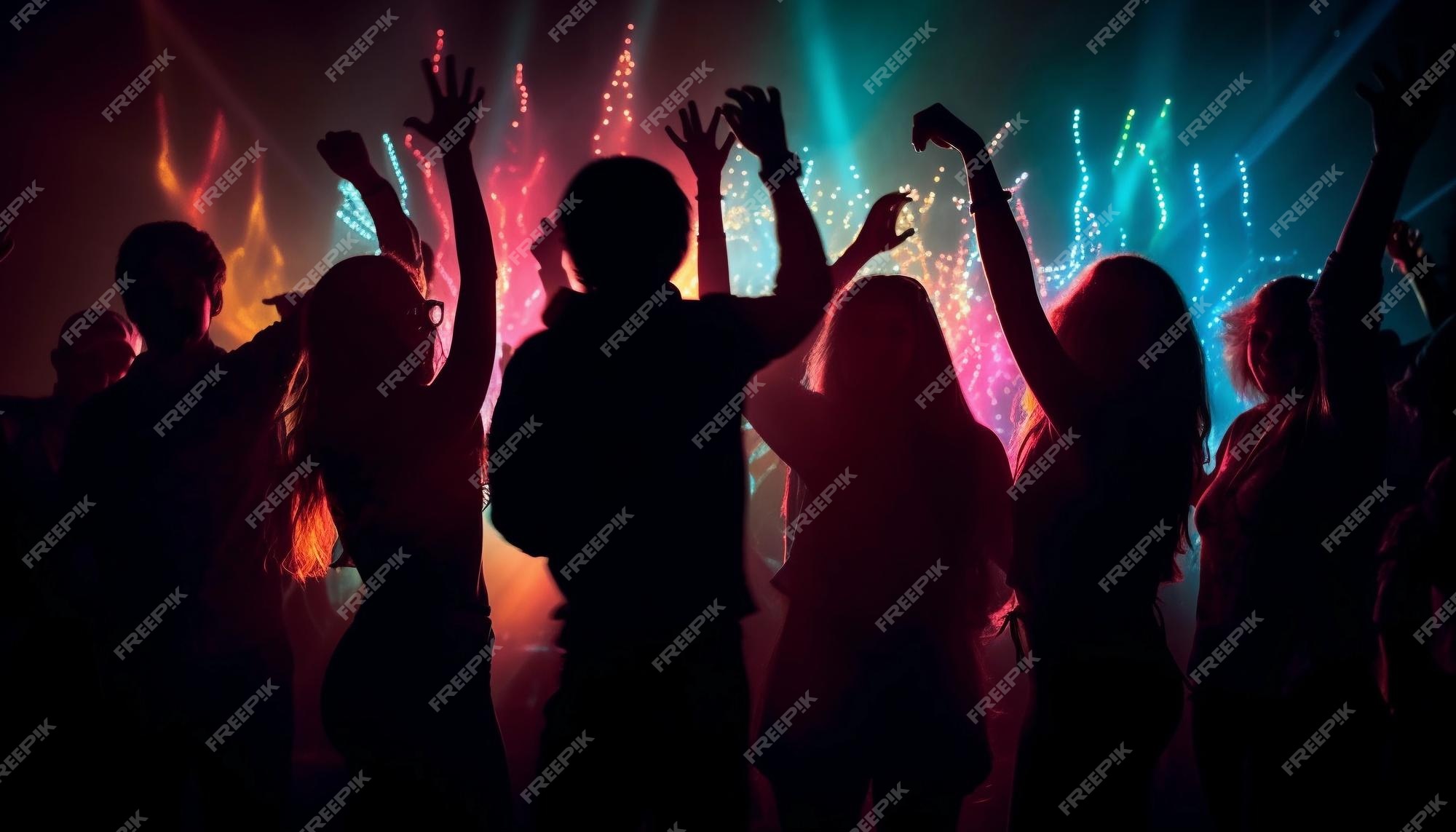
Electronic: Matt Elliott Kate Elsworth Ennja Fantastic Plastic Machine Brian Eno Erk Aicrag Example (cantante)
Nathan Fake Nick Murphy Tito Faraci Isabel Fernández Reviriego Keith Flint Haley Gibby Eloy Fritsch Jerome Froes Twin Shado A Guy Called Gerald World’s End Girlf Alison Goldfrapp Miki González Gotye Imogen Heap Gryffin David Guetta The Hacker Hallucinogen Laurel Halo Paul Martin Gershon Kingsley Jensen Haslinger Zsolt Hauber Tim Hecker (músico) Emma Hewitt Imtech Jean-Michel Jarre Kid Loco Vika Jigulina Howard Jones (músico británico) JOWST Junkie XL Kettel Yasuharu Konishi Kimbra Frankie Knuckles Matthew Koma Kostrok Ladyhawke (cantante) Bill Leeb Michael Mayer Šarlote Lēnmane Marshmello Lustmord Cashmere Cat Maki Nomiya Mandisa John Martin (cantante) Electrronic Matthew Herbert Derrick May Andy McCluskey Tara McDonald Medina (cantante) Javiera Mena MHV Miguel (cantante) Mike Paradinas Naoki Maeda Moby Murcof James Murphy (productor) Bill Nelson (músico) Philip Oakey Mr. Oizo Para One Flux Pavilion Jean-Jacques Perrey William Orbit Moritz Von Oswald Åke Parmeru Paul Humphreys Markus Persson disk disco.
The global tidal wave of electronic music o música electronica
Peter Gordeno Electronic Pogo (músico electrónico) Peter Pou Stuart Price Thorsten Quaeschning Ruth Radelet Éliane Radigue Aaron-Carl Ragland Richard H. Kirk Jean-Claude Risset Hans-Joachim Roedelius Romanthony Mark Ronson Luigi Russolo Oskar Sala Maxim Reality Graeme Revell Camilo A Secas Sampha Santigol Pierre Schaeffer Ulrich Schnauss SG Lewis Tom Staar Lisa Shaw Sia Guy Sigsworth Fatboy Slim The Field (músico) Linda Spa DJ Space Cowboy Skylar Spence Squarepusher Kevin Saunderson Luke Steele Nina Sublatti Henrik Takkenberg Tale of Us Tom Boxer The Algorithm The Ready Set Third Party (DJs) Amon Tobin Isao Tomita Brian Transeau Tricky Two Feetelectronic music o música electronica
Electronic music is a genre of music that relies heavily on electronic instruments and technology to create sound. It has its roots in the early 20th century. When pioneering composers such as Karlheinz Stockhausen and Pierre Boulez began experimenting with tape machines and synthesizers. In the decades that followed, electronic music grew into a distinct genre, with its own distinctive sounds and sub-genres. While it is often associated with dance music, electronic music can be enjoyed by listeners of all ages and genres.
La música electrónica es un género musical que se origina a principios de la década de 1950. Con el desarrollo de los primeros instrumentos electrónicos. Se caracteriza por el uso de sintetizadores, samplers y otros dispositivos electrónicos para crear sonidos y melodías. La mayoría de las canciones de este género utilizan ritmos repetitivos y estructuras bailables. Lo que la ha convertido en una música popular en discotecas y festivales. Pop Most popular and commented hits in the world.
One response
-
Make from a comment to multimedia publications:
Electronic music Wave 2024: Electronic music is a genre that has been evolving and expanding for decades, and it shows no signs of slowing down. In fact, some of the trends and innovations that are emerging in the electronic music scene today are pointing to a new wave of creativity and experimentation that will shape the sound of the future.
One of the most exciting aspects of electronic music is its diversity and versatility. Electronic music can incorporate elements from various musical styles, genres, cultures, and eras, creating a rich and eclectic sonic palette. Electronic music can also adapt to different contexts, moods, and purposes, ranging from ambient and relaxing to energetic and danceable.
In this blog post, we will explore some of the features and characteristics of the electronic music wave that is expected to dominate the year 2024. We will look at some of the artists, genres, techniques, and technologies that are leading the way in this musical revolution. We will also discuss some of the challenges and opportunities that electronic music faces in the current and future landscape.
What is the electronic music wave 2024?
The electronic music wave 2024 is not a single or unified movement, but rather a collection of trends and tendencies that reflect the diversity and dynamism of electronic music. However, there are some common themes and aspects that can be identified as part of this wave, such as:
Experimentation and innovation: The electronic music wave 2024 is characterized by a spirit of exploration and discovery, pushing the boundaries of sound and expression. Electronic music artists are constantly experimenting with new sounds, instruments, effects, formats, and genres, creating original and unique musical experiences. Some examples of this are:
The use of modular synthesizers, which allow for infinite combinations and variations of sound generation and manipulation.
The incorporation of artificial intelligence (AI) and machine learning (ML) into music production and composition, enabling new levels of creativity and complexity.
The emergence of new genres and subgenres that blend electronic music with other musical traditions. Such as techno-folk, electro-swing, vaporwave, synthwave, lo-fi hip hop, etc.
The exploration of new forms of musical expression and interaction. Such as live coding, generative music, interactive installations, virtual reality (VR), augmented reality (AR), etc.
Diversity and inclusivity: The electro music wave 2024 is also marked by a sense of diversity and inclusivity. Reflecting the global and multicultural nature of electro music. Electro music artists are embracing their identities and backgrounds, as well as celebrating the differences and similarities among them. Some examples of this are:
The representation and empowerment of women. People of color, LGBTQ+ people, people with disabilities, and other marginalized groups in the electronic music scene.
The collaboration and exchange among electronic music artists from different countries, regions, cultures, languages, and backgrounds.
The appreciation and respect for the history and legacy of electronic music pioneers and innovators from various parts of the world.
The awareness and responsibility for the social and environmental impact of electronic music production and consumption.
Quality and accessibility: The electronic music wave 2024 is also characterized by a balance between quality and accessibility. Aiming to reach a wider audience while maintaining a high standard of artistic excellence. Electronic music artists are finding new ways to communicate their vision and message to their listeners. As well as engaging them in meaningful ways. Some examples of this are:
The use of streaming platforms, social media, podcasts, blogs, vlogs, etc., to share their music with their fans and followers.
The creation of online communities, networks, forums, groups, etc., to interact with their peers and supporters.
The participation in festivals, events, workshops, seminars, etc., to showcase their work and learn from others.
The development of educational resources, tools, courses, etc., to teach and learn about electronic music.
Why is the electronic music wave 2024 important?
The electro music wave 2024 is important because it represents the evolution and transformation of one of the most influential and popular musical genres in the world. Electro music has been shaping the culture #trend. The social: HOLLAND HOLANDA WELCOME ITALY ITALIA 意大利 इटली WELCOME. USA Canada general Society and peoples Perú y sus sucesos sociales importantes. News NorthAmerica & world. US United States America Popular video and North America P The world changing fast Moviendonos con el ritmo.
How do you benefit from this network?
This is fundamental or pillar content and this is the link:
ligamosya.com/electronic
that you can link in your publication on the Internet to connect with the Ly neural network (just copy and paste this link in your publication) You will benefit from the push on the world wide web that you will have for your publications and greater and faster spread in countries.






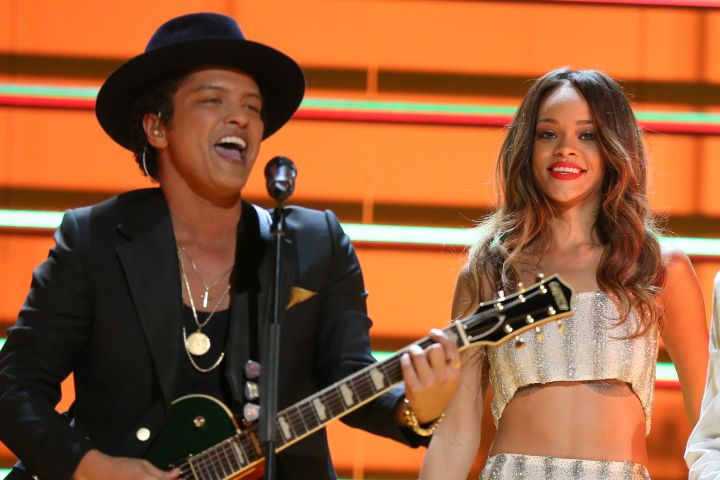


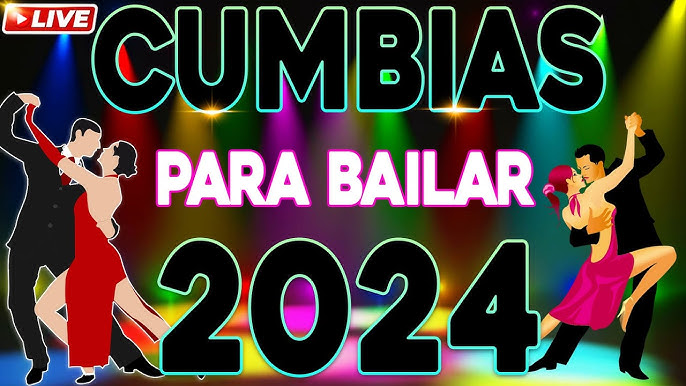
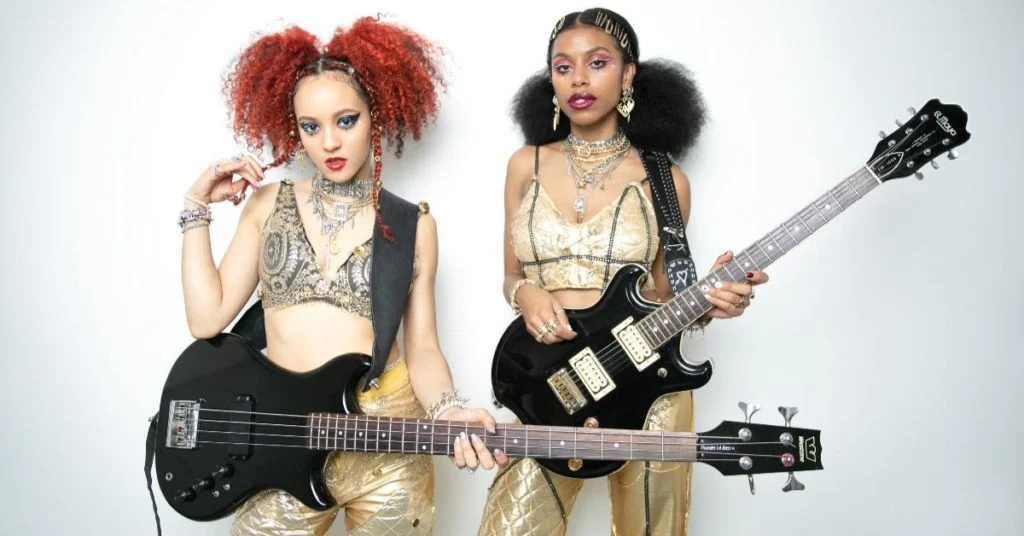







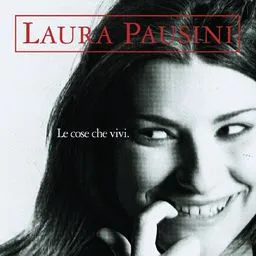

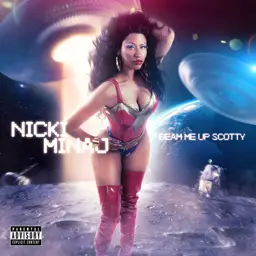




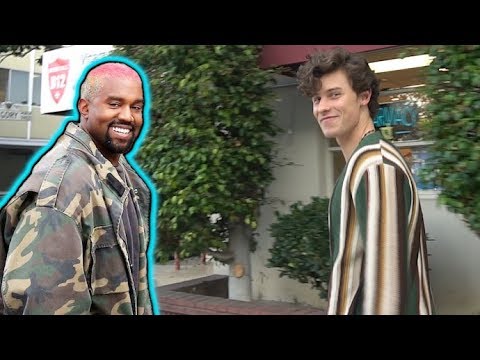



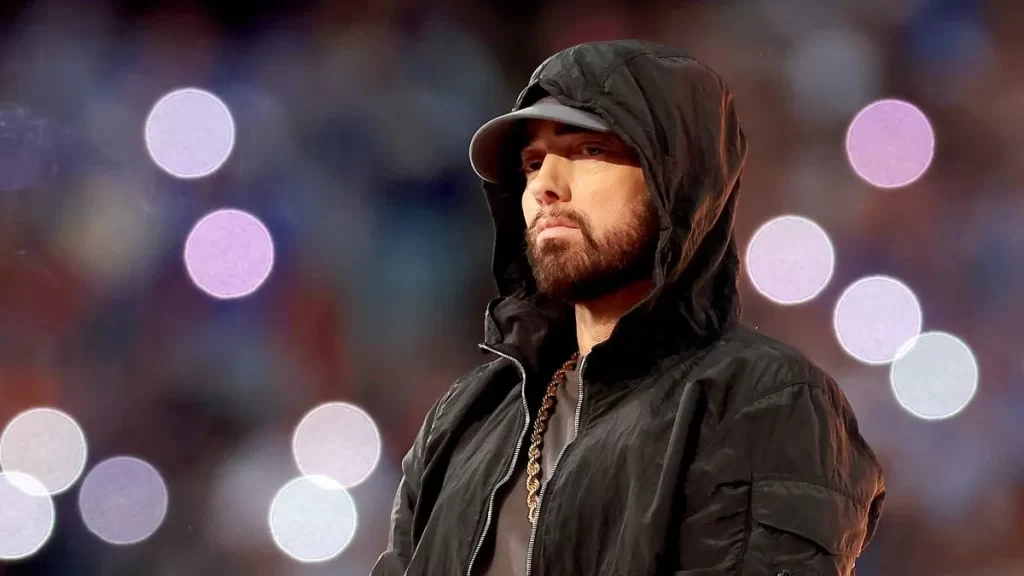
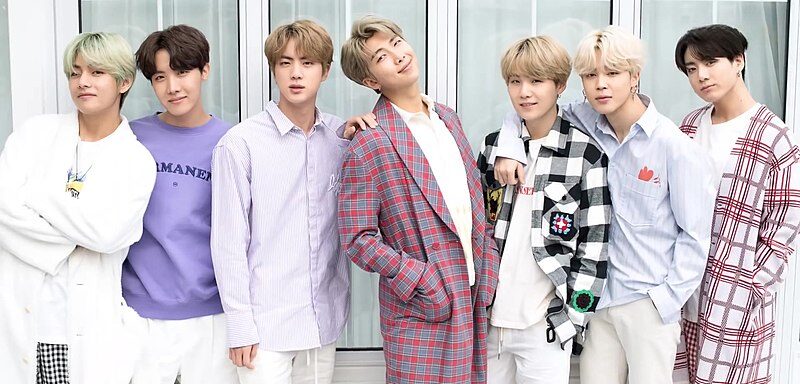

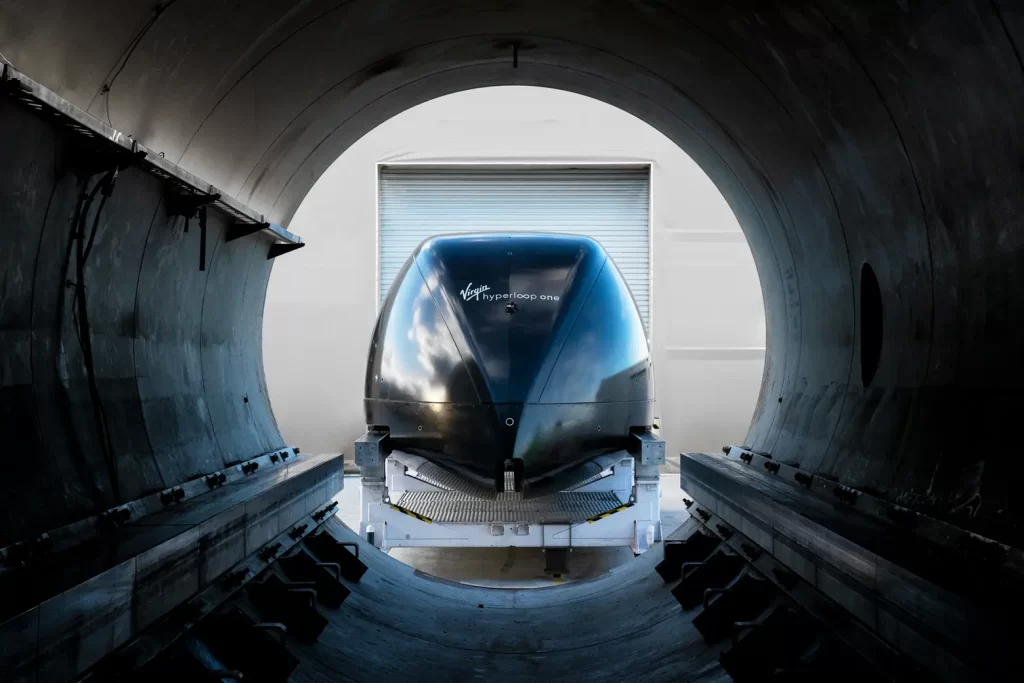


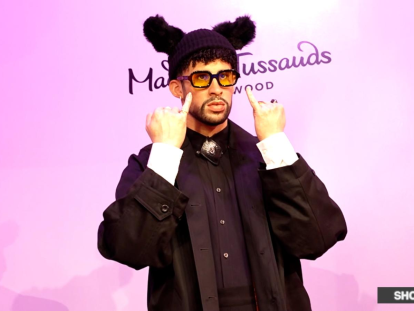
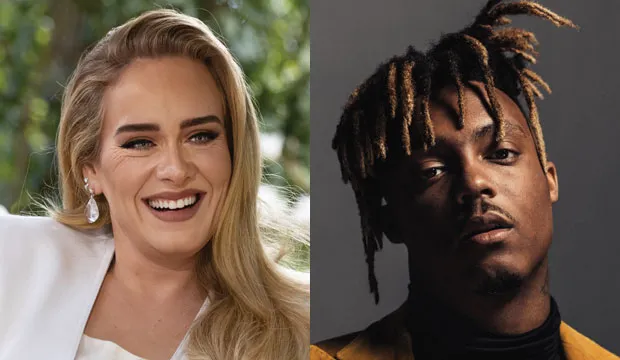

Leave a Reply
You must be logged in to post a comment.